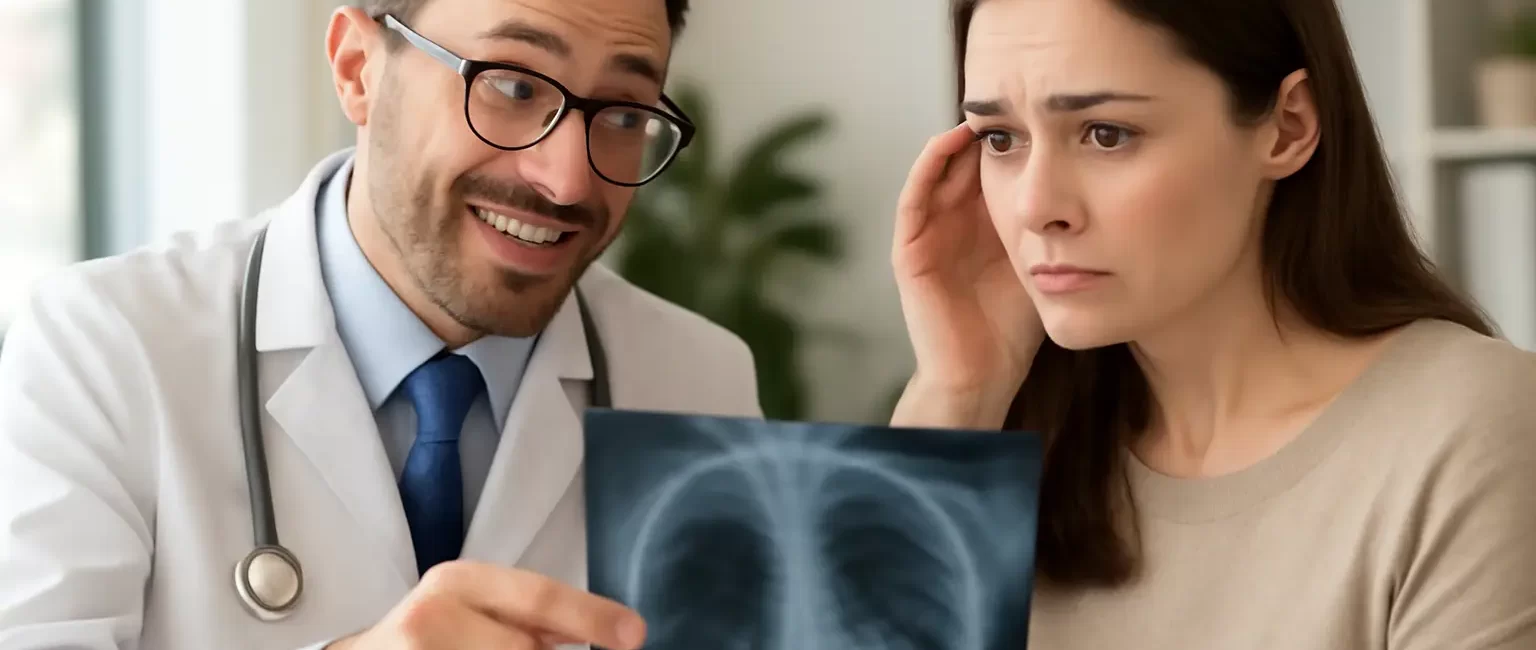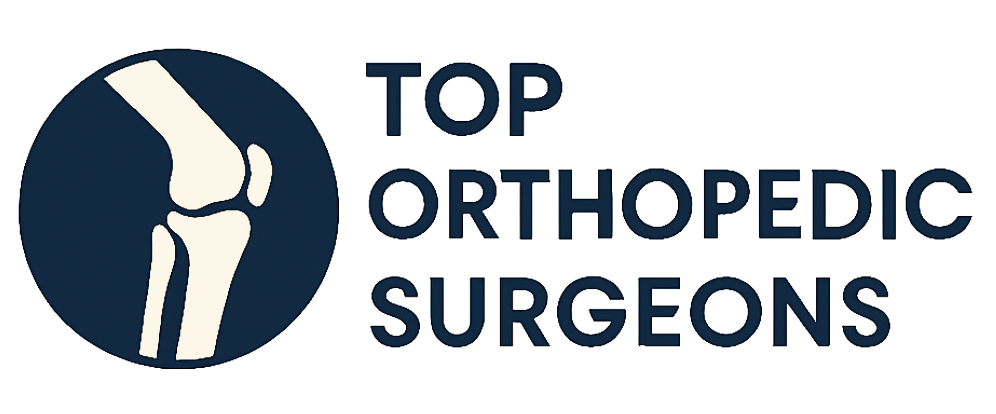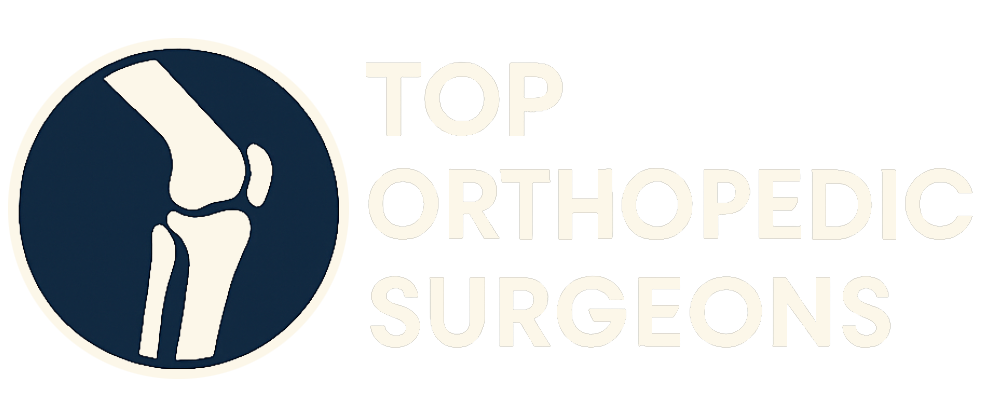
Embarking on a journey through orthopedic care can feel overwhelming. The world of bones, joints, muscles, and ligaments is complex, but understanding the basics can empower you to make informed decisions about your health. This guide aims to provide clarity and support as you navigate common orthopedic conditions and treatment options.
Understanding Orthopedic Conditions
Orthopedics is the branch of medicine focused on the musculoskeletal system. This system provides structure, stability, and movement. Orthopedic conditions can affect people of all ages and activity levels, ranging from minor sprains to chronic conditions.
Common Orthopedic Problems
- Arthritis: A degenerative joint condition causing pain, stiffness, and inflammation. Osteoarthritis and rheumatoid arthritis are two common types.
- Back Pain: Can stem from various issues, including muscle strains, disc problems, or spinal stenosis.
- Fractures: Broken bones, often resulting from trauma or weakened bones (osteoporosis).
- Sprains and Strains: Injuries to ligaments (sprains) or muscles and tendons (strains), typically caused by sudden twists or overexertion.
- Bursitis and Tendinitis: Inflammation of bursae (fluid-filled sacs that cushion joints) or tendons (tissues connecting muscle to bone), often due to repetitive motions.
- Carpal Tunnel Syndrome: A condition caused by compression of the median nerve in the wrist, leading to numbness, tingling, and pain in the hand and fingers.
- Sports Injuries: A broad category including injuries like ACL tears, meniscus tears, rotator cuff tears, and ankle sprains, commonly occurring during athletic activities.
- Hip Dysplasia: A condition where the hip socket doesn’t fully cover the ball of the upper thighbone.
Recognizing Symptoms
The symptoms of orthopedic conditions can vary widely depending on the specific problem. However, some common signs to watch out for include:
- Pain (constant, intermittent, sharp, or dull)
- Stiffness
- Swelling
- Limited range of motion
- Weakness
- Numbness or tingling
- Deformity
- Clicking or popping sounds in the joints
If you experience any of these symptoms, it’s important to seek medical attention for proper diagnosis and treatment.
Diagnostic Procedures
Accurate diagnosis is crucial for effective orthopedic care. Orthopedic specialists utilize various diagnostic tools to identify the underlying cause of your symptoms.
Physical Examination
A thorough physical examination is the first step in the diagnostic process. The orthopedic specialist will assess your range of motion, strength, reflexes, and posture. They will also palpate (feel) the affected area to identify any tenderness, swelling, or abnormalities.
Imaging Tests
Imaging tests provide visual representations of your bones, joints, and soft tissues. Common imaging techniques include:
- X-rays: Used to visualize bones and detect fractures, dislocations, and arthritis.
- MRI (Magnetic Resonance Imaging): Provides detailed images of soft tissues, such as ligaments, tendons, muscles, and cartilage. Useful for diagnosing tears, sprains, and other soft tissue injuries.
- CT Scan (Computed Tomography): Combines X-rays with computer technology to create cross-sectional images of the body. Can be used to evaluate complex fractures or spinal problems.
- Ultrasound: Uses sound waves to create images of soft tissues. Helpful for diagnosing tendonitis, bursitis, and other soft tissue conditions.
- Bone Scan: Used to detect bone infections, tumors, and stress fractures.
Other Diagnostic Tests
In some cases, additional diagnostic tests may be necessary to confirm a diagnosis. These tests may include:
- Nerve Conduction Studies (NCS) and Electromyography (EMG): Used to evaluate nerve function and diagnose nerve compression or damage, such as carpal tunnel syndrome.
- Arthroscopy: A minimally invasive procedure in which a small camera is inserted into a joint to visualize the inside of the joint.
- Blood Tests: May be used to rule out certain conditions, such as rheumatoid arthritis or infections.
Treatment Options for Orthopedic Conditions
Orthopedic treatment aims to relieve pain, restore function, and improve quality of life. Treatment options vary depending on the specific condition and its severity.
Non-Surgical Treatments
Many orthopedic conditions can be effectively managed with non-surgical treatments. These treatments may include:
- Rest: Avoiding activities that aggravate your symptoms.
- Ice and Heat: Applying ice to reduce inflammation and heat to soothe sore muscles.
- Pain Medications: Over-the-counter or prescription pain relievers to manage pain and inflammation.
- Physical Therapy: Exercises and stretches to strengthen muscles, improve range of motion, and reduce pain.
- Braces and Supports: Used to stabilize and support injured joints.
- Injections: Corticosteroid injections to reduce inflammation and pain in joints or soft tissues. Hyaluronic acid injections to lubricate joints. Platelet-rich plasma (PRP) injections to promote healing.
Surgical Treatments
If non-surgical treatments are not effective, surgery may be necessary. Common orthopedic surgical procedures include:
- Arthroscopy: A minimally invasive procedure used to diagnose and treat a variety of joint problems, such as torn cartilage, ligament damage, and bone spurs.
- Joint Replacement: Replacing a damaged joint with an artificial joint (prosthesis). Common joint replacements include hip replacement, knee replacement, and shoulder replacement.
- Fracture Repair: Stabilizing broken bones with plates, screws, rods, or other devices.
- Spinal Fusion: Joining two or more vertebrae together to stabilize the spine and reduce pain.
- Soft Tissue Repair: Repairing torn ligaments, tendons, or muscles.
Rehabilitation and Recovery
Rehabilitation is an essential part of orthopedic care, whether you undergo surgery or non-surgical treatment. Rehabilitation programs help you regain strength, flexibility, and function.
Physical Therapy
Physical therapy plays a key role in rehabilitation. A physical therapist will develop a personalized exercise program to address your specific needs and goals. Exercises may include:
- Strengthening exercises: To build muscle strength and stability.
- Range-of-motion exercises: To improve joint flexibility.
- Balance exercises: To improve balance and coordination.
- Functional exercises: To help you return to your normal activities.
Occupational Therapy
Occupational therapy focuses on helping you perform daily tasks and activities. An occupational therapist can teach you how to modify your activities or use assistive devices to make them easier and safer.
Home Exercise Program
Following a home exercise program is crucial for maintaining progress after completing formal rehabilitation. Your physical therapist or occupational therapist will provide you with a customized home exercise program to continue your recovery.
Preventing Orthopedic Injuries
While not all orthopedic conditions can be prevented, there are steps you can take to reduce your risk of injury.
Warm-up and Cool-down
Always warm up your muscles before exercise and cool down afterward. Warm-up exercises prepare your muscles for activity, while cool-down exercises help prevent muscle soreness.
Proper Form and Technique
Use proper form and technique when exercising or playing sports. This can help prevent injuries caused by improper movement.
Strength Training
Strength training can help strengthen your muscles and protect your joints. Focus on strengthening the muscles around your knees, hips, and shoulders.
Flexibility Training
Flexibility training can help improve your range of motion and reduce your risk of injury. Stretch regularly, especially after exercise.
Proper Footwear
Wear supportive footwear that fits properly. This is especially important for activities that involve running or jumping.
Healthy Weight
Maintaining a healthy weight can reduce stress on your joints and lower your risk of developing orthopedic conditions.
Listen to Your Body
Pay attention to your body and stop if you feel pain. Don’t push yourself too hard, especially when you’re starting a new activity.
Finding the Right Orthopedic Specialist
Choosing the right orthopedic specialist is a critical step in your care. Look for a board-certified orthopedic surgeon with experience in treating your specific condition. Consider getting a second opinion before making any major decisions about your treatment. Top Orthopedic Surgeons offers a directory of qualified specialists to assist you in finding the right doctor for your needs.
Navigating orthopedic care can be a complex process, but with the right information and support, you can make informed decisions and take control of your musculoskeletal health. Remember to consult with qualified orthopedic professionals for personalized guidance and treatment plans.


